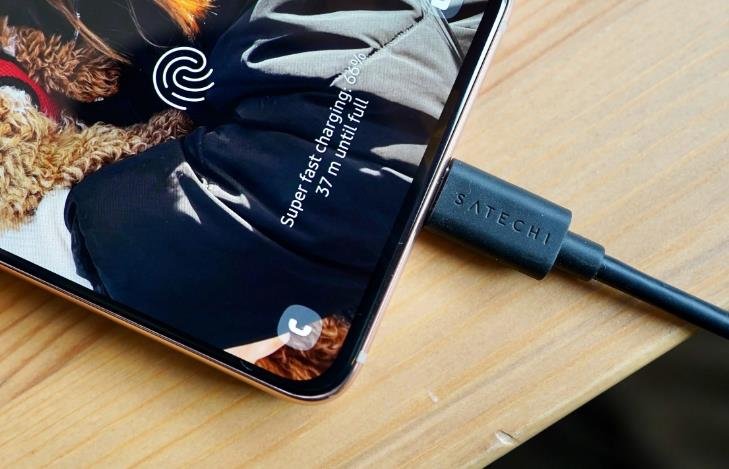Researchers have developed ultra-thin diamond nanomembranes that can be used to cool down electronic components and boost the charging speed of electric vehicles. The nanomembranes are made of synthetic diamonds and can be integrated into electronic devices without additional support.
Electronic components generate heat as a by-product of electricity, and too much heat can damage or degrade the devices. Therefore, cooling systems are essential to maintain the performance and the lifespan of the devices. However, conventional cooling systems use metal plates, such as copper or aluminum, that also conduct electricity. This means that an extra layer of insulation is needed between the metal and the component, which reduces the efficiency of the heat transfer.

To solve this problem, researchers at Fraunhofer U.S., an independent international affiliate of the Fraunhofer-Gesellschaft, have used diamond nanomembranes, which are extremely thin and flexible layers of synthetic diamonds. Diamond is an excellent conductor of heat, but an insulator of electricity, which makes it ideal for cooling applications. The researchers claim that the diamond nanomembranes can reduce the heat load of electronic components by up to 10 times, and increase the charging speed of electric vehicles by five times.
The fabrication and the integration
The diamond nanomembranes are produced by growing polycrystalline diamond on top of silicon wafers, and then detaching and etching the diamond layers. The resulting nanomembranes are only one micrometer thick, and can be bonded to electronic components by gently heating them to 80 °C (176 °F). The nanomembranes are also flexible and free-standing, which means that they can be positioned anywhere on the component or the metal plate, or even integrated into the cooling circuit.
The researchers say that the diamond nanomembranes can be used to cool various types of electronic components, such as processors, semiconductor lasers, or electric motors. They also say that the nanomembranes can be applied to the charging systems of electric vehicles, which would allow faster and safer charging of the batteries. The researchers have filed a patent for the technology, and plan to test it later this year in electric vehicles and telecommunications.
The advantages and the challenges
The diamond nanomembranes have several advantages over conventional cooling systems, such as:
- Higher thermal conductivity and lower thermal resistance, which means faster and more efficient heat dissipation.
- Electrical insulation, which means no need for an extra layer of insulation and no risk of short circuits.
- Flexibility and scalability, which means easy integration and adaptation to different shapes and sizes of components.
- Compatibility with silicon wafers, which means low-cost and high-volume production.
However, the diamond nanomembranes also face some challenges, such as:
- Quality control and uniformity, which means ensuring that the nanomembranes have consistent properties and performance across the entire surface.
- Durability and reliability, which means ensuring that the nanomembranes can withstand mechanical stress and environmental factors, such as humidity and temperature changes.
- Regulation and standardization, which means ensuring that the nanomembranes meet the safety and quality requirements of the industry and the market.
















